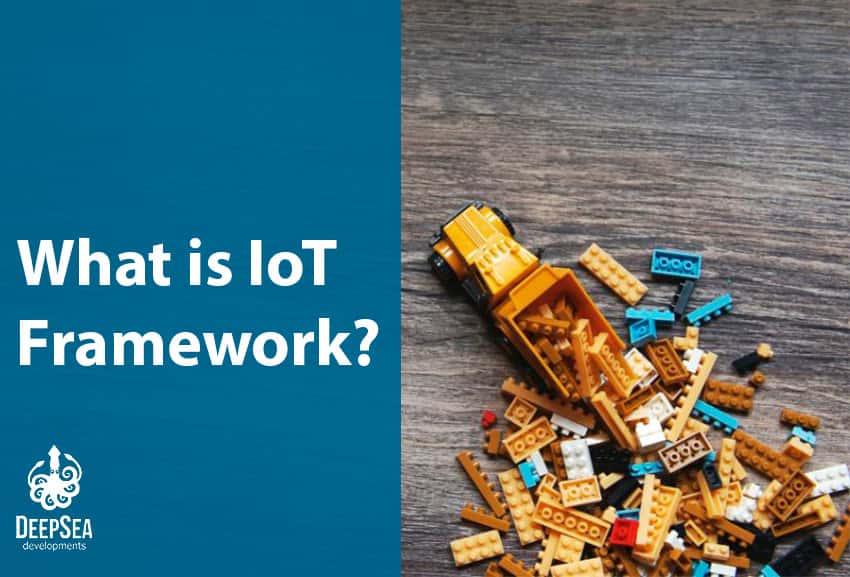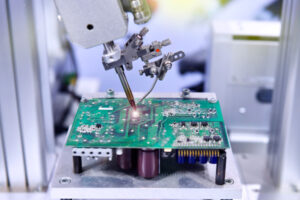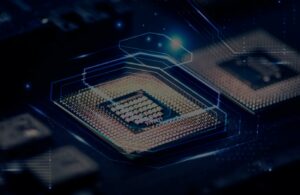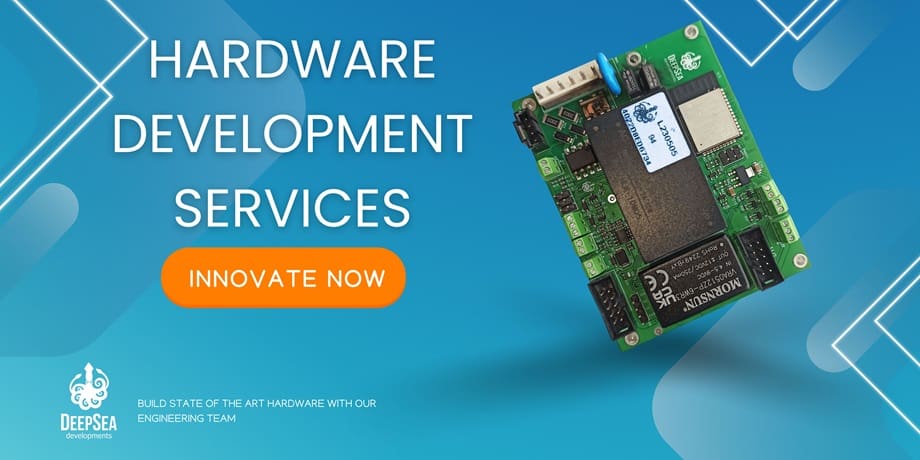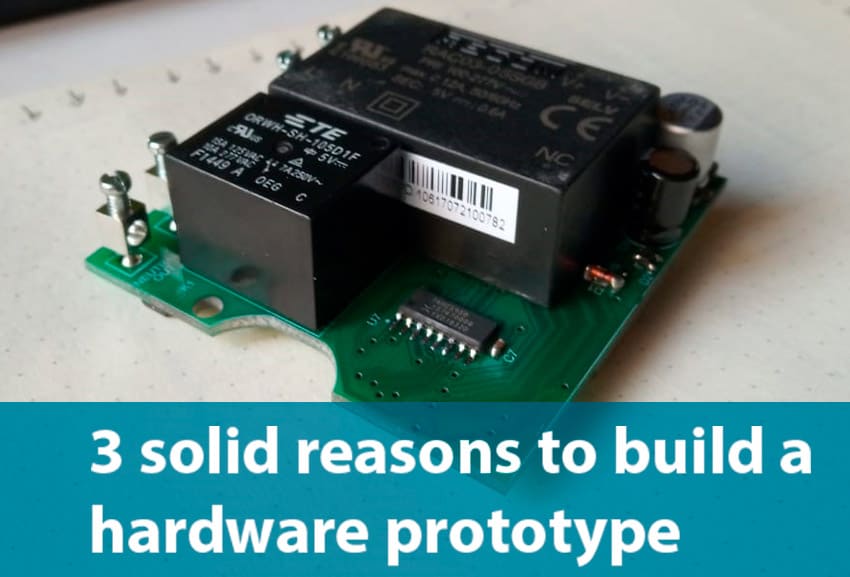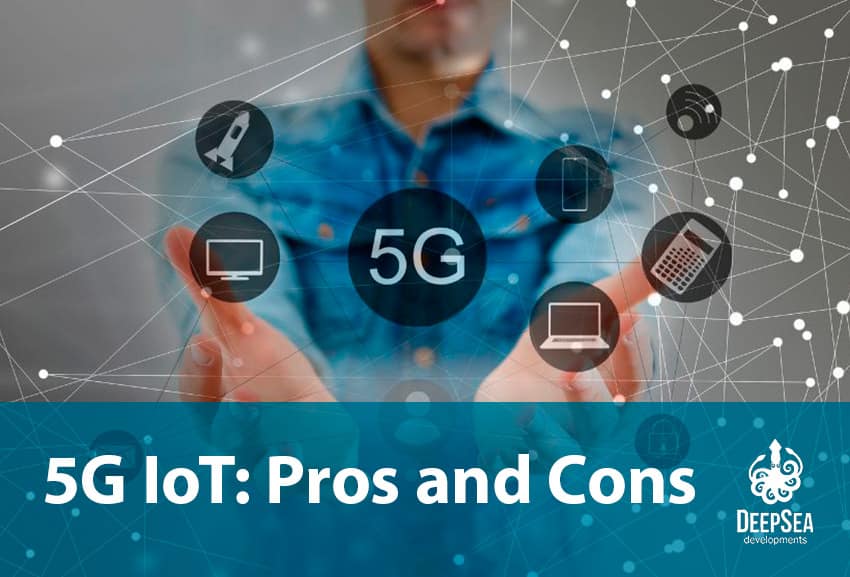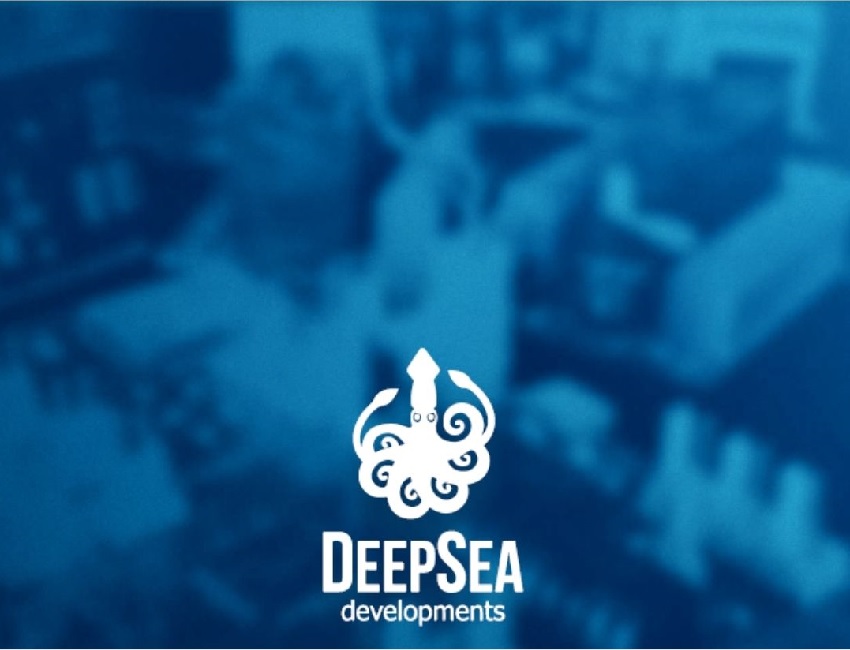An IoT framework can be defined as a set of protocols, tools, and standards that provide a specific structure for developing and deploying IoT applications and services. In other words, an IoT framework gives you the basics for building your own application.
The framework of IoT typically includes a combination of the following:
- Hardware
- Software
- Networking elements (IoT protocols)
- Device management
- Security
- Data management
- Application development
- Cloud-based platform.
These components work together to enable the seamless integration of IoT devices (what is IoT) and systems. For example, the device management is necessary for updating and monitoring the performance of the device. Protocols allow the different connections between devices and the internet.
There needs to be a cloud platform where data will be processed and stored, this also connects with an application or platform that is in charge of displaying the data and allows other functions or services.
Types of IoT frameworks
There are IoT frameworks that are open source, and others that are proprietary. IoT framework open source doesn’t mean that it is free, many people get confused with this concept. We have even talked about IoT open source devices.
Open source frameworks are useful because they provide access to the code of the platform in order to make any modifications as needed, and build the IoT application with more freedom. Finally, proprietary frameworks are IoT frameworks that don’t grant access to the source code, they have an already established platform from which IoT product design and development consultants can start working.
Proprietary IoT frameworks:
AWS IoT, Azure IoT, IBM Watson IoT, KAA IoT, and Google IoT Core.
- AWS IoT: One of the most popular solution by Amazon. It not only contains the cloud side to accelerate the release time of the solution, but also offers frameworks in the device side, like a flavor of FreeRTOS an Operative System. This OS is widely used in microcontrollers and their flavor makes it very easy to connect to their cloud.
- Azure IoT: The solution used by many corporations. It shares many of the elements of AWS, and also competes having additional resources for the devices like their Azure RTOS.
- IBM Watson IoT: The alternative from IBM, more friendly for teams already used to their applications.
- Google IoT Core [removed]: This used to be the solution from Google but was recently removed as an option.
- KAA IoT: With an open source version that is now deprecated, KAA evolved into an enterprise and paid solution for IoT devices, and free trials to test it before purchasing.
Open-source IoT frameworks:
ThingsBoard, OpenHab, DeviceHive, Mainflux, and Eclipse IoT.
- ThingsBoard: a solution that goes from data acquisition to visualization, alarms and messaging. It has an open source version, as well as a professional one (non open source) with more features.
- OpenHab: A framework specifically for home automation, with different options to integrate, either cloud or in your own home using something like a raspberry pi.
- DeviceHive: A free solution you can deploy on your own servers to get started, and connect applications like grafana to visualize the data. You can also sign into their playground to see the capabilities before deeploying it yourself.
- Mainflux: Written mainly on GO (the programming language) is also deployable on your own server, with no additional cost.
- Eclipse IoT: Rather than the classical platform where you can connect a device and watch the information on a dashboard, it is a set of open source tools that can be used in many parts of the IoT data chain (the device, the gateway, the cloud itself).
What is the difference between IoT framework and IoT architecture?
IoT architecture and IoT framework are related but distinct concepts in the field of the Internet of Things. In short, IoT architecture defines the overall design and structure of an IoT system, while an IoT framework provides the fundamentals for developing and deploying IoT applications and services.
In other words, the IoT architecture is the blueprint for a whole IoT system, on the other hand, the framework IoT is the set of tools that helps to build said system.
We hope you understand the meaning of the IoT framework, the different types that can be found in the market, and the difference it has with IoT architecture. Once this information is clear to you, we invite you to continue navigating on other topics related to the Internet of Things.
At DeepSea Developments, we love to design and develop IoT products and solutions. We have been providing services to clients in over 4 countries, and we have been recognized as top 1 company in IoT. Do you need a firmware development company? You can count on our professional services.
IoT framework video
Check out this video for a better understanding of IoT frameworks and some options you can consider for your IoT project.
Get the following services for your project
Glossary of terms related to IoT
IoT protocols
Raspberry Pi in IoT
IoT sensors
IoT advantages
Home automation
Python IoT
IoT devices examples

